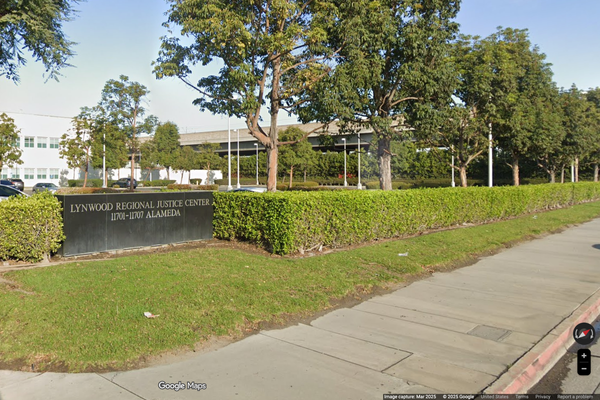For waterfront homeowners, a dock isn’t just a structure, it’s an extension of their lifestyle. Whether it's for boating, fishing, swimming, or simply enjoying sunset views, residential docks should be tailored to the unique preferences of the property owner and the characteristics of the shoreline. Companies like American Muscle Dock recognize this need and offer versatile solutions that blend functionality, aesthetics, and environmental mindfulness into every custom build.
1. Understanding the Site Conditions
The first step in customizing a residential dock is evaluating the property’s shoreline and water conditions. Key factors include:
- Water depth and fluctuation
- Bottom composition (rocky, sandy, muddy)
- Wave action and current strength
- Lake, river, or coastal regulations
Floating docks may be ideal for areas with fluctuating water levels, while stationary docks are better suited to stable conditions. Modular designs can accommodate changing needs or evolving environments over time.
2. Matching the Dock to Your Lifestyle
Custom docks can serve a variety of personal purposes. Homeowners should consider:
- Boat slips for safe mooring
- Kayak and paddleboard launches for recreational access
- Swim platforms or sun decks for relaxation and play
- Integrated lighting and railings for safety and ambiance
A dock should reflect how the space will be used year-round, not just in peak boating season.
3. Choosing the Right Materials
Residential docks benefit from low-maintenance and long-lasting materials that can handle weather and wear. Popular choices include:
- Aluminum frames for corrosion resistance and strength
- Composite decking for a natural look without the upkeep of wood
- PVC or vinyl wraps for clean aesthetics and added protection
- Encapsulated flotation units to ensure long-term buoyancy
Choosing high-quality materials also adds value to your home and reduces maintenance costs over time.
4. Design Features That Blend with the Property
The goal of any residential dock is to enhance, not disrupt, the natural beauty of your home’s surroundings. Consider these features:
- Color-matched materials that complement the home’s exterior
- Curved or angled platforms to follow the shoreline
- Low-profile sections for unobstructed water views
- Custom gangways and transitions for easy, ADA-compliant access
Personalized design ensures the dock integrates seamlessly with the overall landscape.
5. Ensuring Safety and Compliance
Custom residential docks must also comply with local zoning laws and environmental regulations. Working with experienced professionals ensures that your dock:
- Meets building codes and load requirements
- Has appropriate safety features (railings, lighting, ladders)
- Stays within setback and size limitations
- Avoids disturbing local wildlife habitats
This due diligence prevents costly revisions and supports responsible shoreline stewardship.
Conclusion: A Dock That Feels Like Home
Every residential waterfront is different, and so is every homeowner’s vision for how they want to use it. With thoughtful planning, the right materials, and expert craftsmanship, a dock can become a cherished part of the property for years to come. By partnering with trusted builders like American Muscle Dock, homeowners can create custom dock solutions that reflect their lifestyle while respecting the natural beauty of their shoreline.
Frequently Asked Questions (FAQs)
1. What’s the difference between a floating and stationary dock for a home?
A floating dock rises and falls with water levels, making it ideal for fluctuating conditions. A stationary dock is fixed in place and works best in stable, shallow water environments.
2. Can I install a residential dock without a permit?
Usually not. Most municipalities and lakeside communities require permits for dock installation. Regulations often cover dock size, placement, materials, and environmental impact.
3. What’s the best material for a low-maintenance dock?
Composite decking and aluminum frames are great low-maintenance options. They resist rot, insects, and UV damage better than traditional wood.
4. How long does it take to install a custom residential dock?
Timelines vary based on design complexity and permitting. However, from design to completion, most residential docks can be completed in 2–6 weeks, depending on weather and regulatory approval.
5. Can I upgrade my current dock with modern features?
Absolutely. Many homeowners retrofit existing docks with new decking, add slips or platforms, and integrate lighting, safety rails, or kayak launches without starting from scratch.







